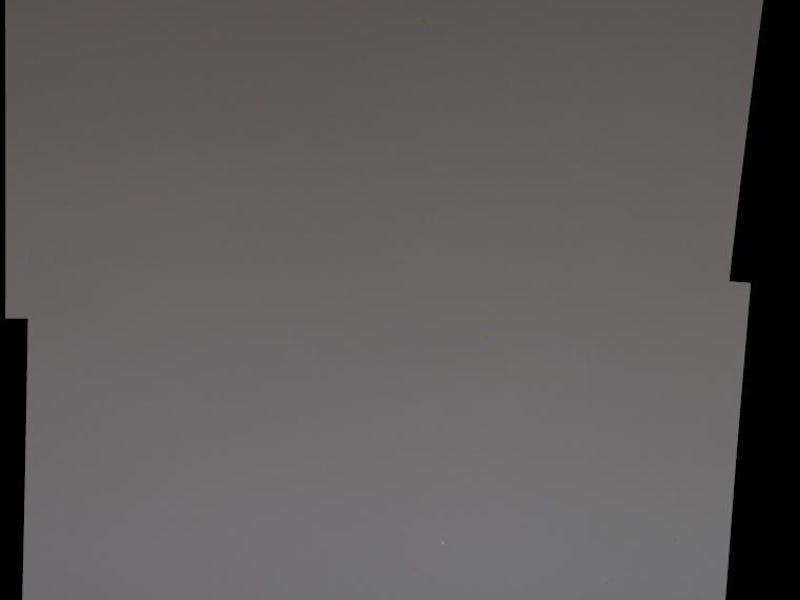NASA's Curiosity rover photo shows what Earth looks like from the surface of Mars
The robot spotted Earth and Venus in the light of a Martian sunset.

For more than seven years, NASA's Curiosity rover has been roaming Mars, collecting samples and looking for clues of past life on the Red Planet. Taking a break from its tedious mission, the robot will often times stop to stare out across the Martian landscape and ponder its place in the universe.
Curiosity recently captured a stunning view of its home planet, Earth, alongside planet Venus in the fading light of a Martian sunset. The resulting image reveals a side of Earth we rarely get a chance to see, showing our planet as a fading celestial body in the distance.
The image was captured on June 5, and released this week by NASA.
A view of Earth and Venus as seen by the Curiosity rover.
In the image, the planets Earth and Venus are revealed as tiny specks in the greater universe as the Curiosity rover looks out into the night skies from the Martian surface.
In the foreground, a part of Mars appears at the bottom of the image. That slight peak is the top part of a Martian rock feature called Tower Butte, part of the clay bearing unit that the rover has been exploring for more than a year now.
The rover used its Mast Camera, or Mastcam, to snap the image around 75 minutes after sunset on Mars.
The Mastcam is located near the robot's "face."
The Mastcam is located at about eye-level, with two lenses. The images from each are stitched together to create panoramas of the Martian landscape.
The final photograph of Earth and Venus is actually made up of two images, each capturing one planet on their own, that were then stitched together to reveal the full view.
Earth and Venus appear quite faint in the image, and that is due to large amounts of high-altitude dust in the Martian air during this time of year. Otherwise, the planet pair would have appeared as very bright stars.
"Even moderately bright stars were not visible when this image of Venus was taken," Mark Lemmon of the Space Science Institute in Boulder, Colorado, and Mastcam co-investigator, said in a statement. "Earth also has bright twilights after some large volcanic eruptions."
Curiosity was launched into space in November, 2011 and landed on Mars on August 5, 2012. The image it captured of Earth and Venus commemorated its 2,784th Martian day, or sol, of the mission (a day on Mars is approximately 40 minutes longer than a day on Earth).
During its time on the Red Planet, Curiosity has been known to flex its photography skills.
In 2014, Curiosity captured the first image of an asteroid taken from the surface of Mars.
Curiosity captured a view of an asteroid from the Martian surface.
The image shows two asteroids, Ceres and Vesta, as well as one of Mars' two moons, Deimos.
The robot has also been quite of a narcissist at times, beaming down countless selfies of itself with the Martian landscape in the background.
Curiosity is quite proud of its unmatched selfie game.
The car-sized robot was originally sent out on a two-year mission to find out whether Mars ever had the right environmental conditions to support life during its early history, and it is still collecting clues of ancient Martian life.
Since it landed on Mars, Curiosity has been roaming the Gale Crater and discovered a lake that may have contained water billions of years ago and an environment that could have possibly supported microbial life.
Curiosity will soon be joined by the Perseverance rover, which is on a mission to look for clues of past life on Mars and pave the way for the first human-led mission to the red planet within the next decade.